
Polarized Training Pathway
In collaboration with Dr. Stephen Seiler, the “father of polarized training,” we have curated everything you need to know about the 80/20 training method.

Cycling training is a science and an art. How endurance athletes train, when they train, and the intensity and duration of that training all affect the gains and adaptations they see.
Proper interval execution is essential to see the expected progress. How you analyze and interpret all that data is equally valuable. Of course, training needs to be planned so it fits into any given season, race schedule, and lifestyle. Off the bike, the importance of strength and conditioning is often neglected.
This is training. This process is what athletes live for.

In collaboration with Dr. Stephen Seiler, the “father of polarized training,” we have curated everything you need to know about the 80/20 training method.
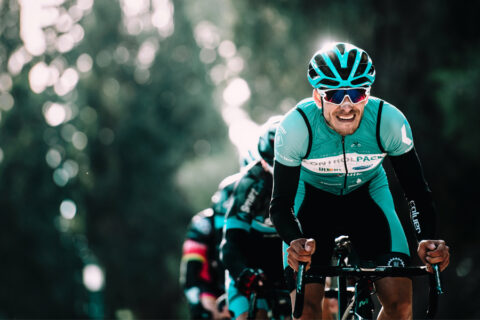
Interval workouts are a fundamental part of any endurance training program. Learn exactly what intervals are, why they are so important, and how to properly execute interval workouts with the help of Sebastian Weber, Neal Henderson, and Dr. Stephen Seiler.
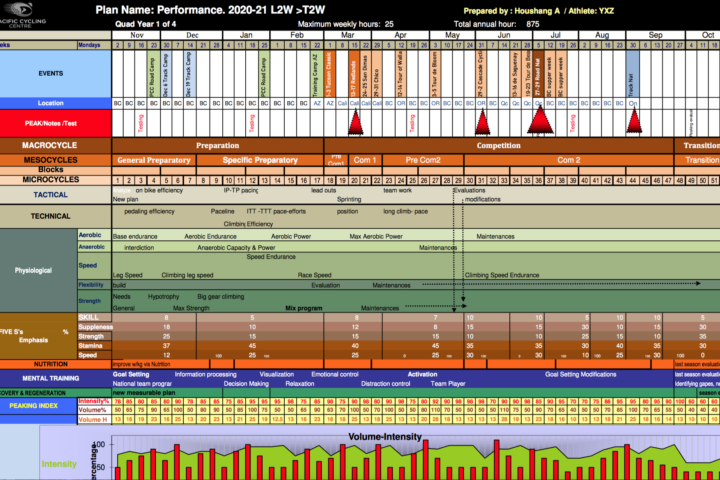
We review the art and science of developing and maintaining an annual training plan, which helps athletes progress and perform at their best.

It’s hard to find time to fit in the long, slow miles that traditionally comprise the base season. Coach Trevor Connor offers suggestions for improving life-training balance, understanding quality versus quantity, and more.

Learning how to use the lower body appropriately is crucial for a number of high-performance bike skills. The leg curl will help with general strength off the bike.
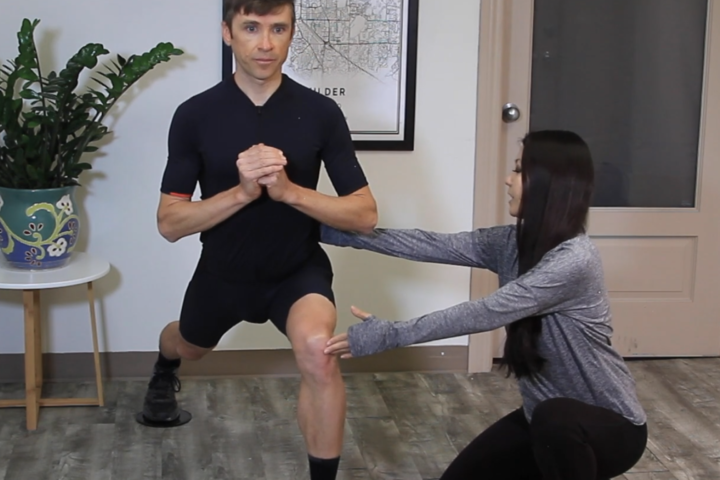
Learning how to use the lower body appropriately is crucial for a number of high-performance bike skills. The reverse slide lunge will help develop control and power.
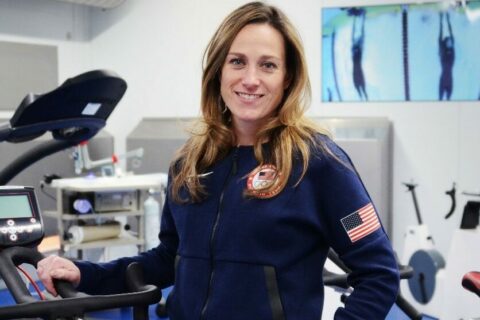
Physiologist Lindsay Golich, who works with some of America’s best Olympic athletes, helps us field questions on heat, altitude, FTP testing, fasted training, and much more.

Coach and author Will Murray joins Coach Ryan Kohler for a discussion of what makes a useful set of goals, how to develop them, the psychology of goals, and much more.

These “on/off” style intervals will help you push top-end power and cardiovascular adaptations.
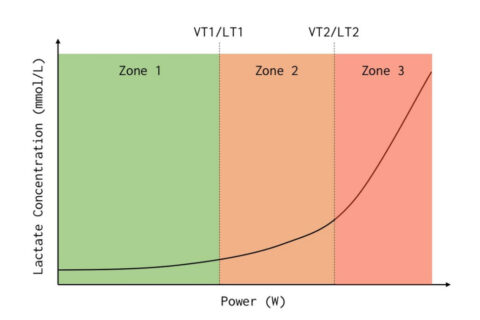
Dr. Stephen Seiler and Trevor Connor discuss polarized training, intensity distribution, and endurance in this webinar with CKO Sprint.
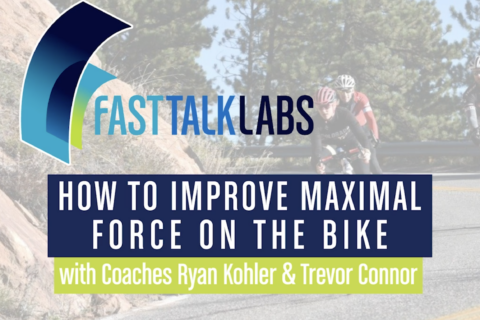
Coach Ryan Kohler demonstrates ways to train maximal force production, or torque, on the bike.

Coach Ryan Kohler reviews season-to-season changes in heart rate/power distributions to illustrate improvements across the different energy systems.
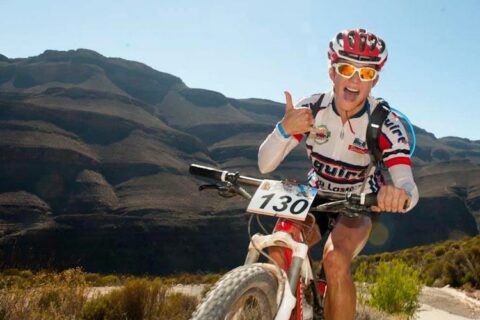
Evolution as an athlete is something that will come if you stay active for long enough. Navigating those changes can be a challenge, but athletes like Jessi Stensland seem only to improve with their years.

One of Coach Ryan’s favorites, these four-minute intervals at 90-95% maximum HR with three minutes rest are simple yet effective.

The execution of long slow distance rides might sound simple, but many people struggle to get it right. Can you be too steady on your LSD rides?
Head Coach Ryan Kohler and Grant Holicky field questions on goal setting, cyclocross training, polarized training as you age, and cross training.

Cardiovascular drift is an instability in heart rate and stroke volume over time. We show you how to determine it.

How much training is too much? Where is the drop-off in terms of time spent training and race-day results?

Dr. Seiler and his daughter Siren talk about intensity zones, peaking and riding the wave, recovery diagnostics, strength training, pistol squat PRs, Paula Radcliffe, and the loneliness of the high-level female endurance athlete.
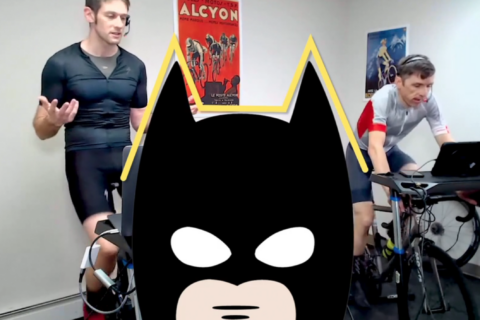
Batman Intervals will help you get better at riding comfortably at variable intensities, paces, and lactate levels.
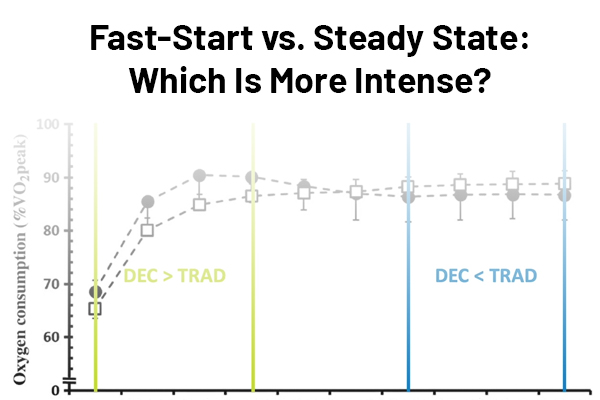
Dr. Stephen Cheung discusses a study comparing steady-state versus fast-start intervals, then uses Xert software to model how a fast-start interval can be much more intense.

If your dad were a world-class exercise physiologist like, say, Dr. Stephen Seiler, how would you train? Probably pretty effectively. In this case study of one, Dr. Seiler chats with his daughter and runner, Siren, to review her career and training methods.